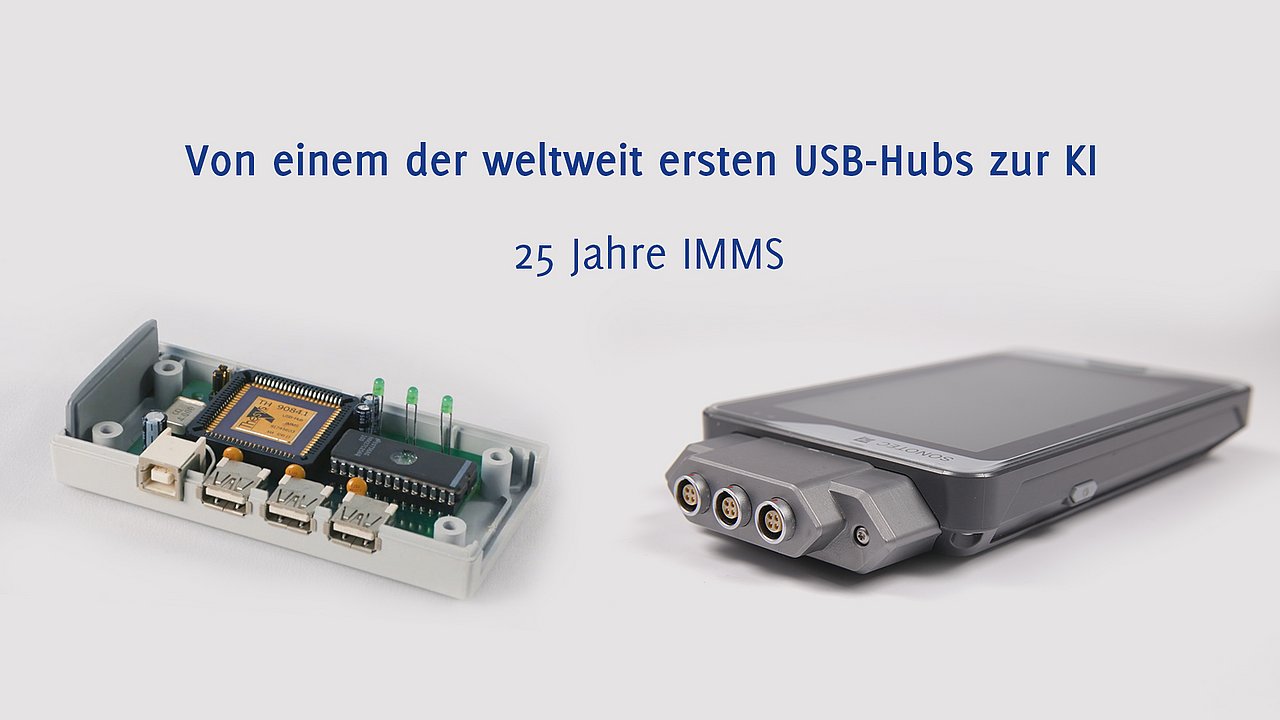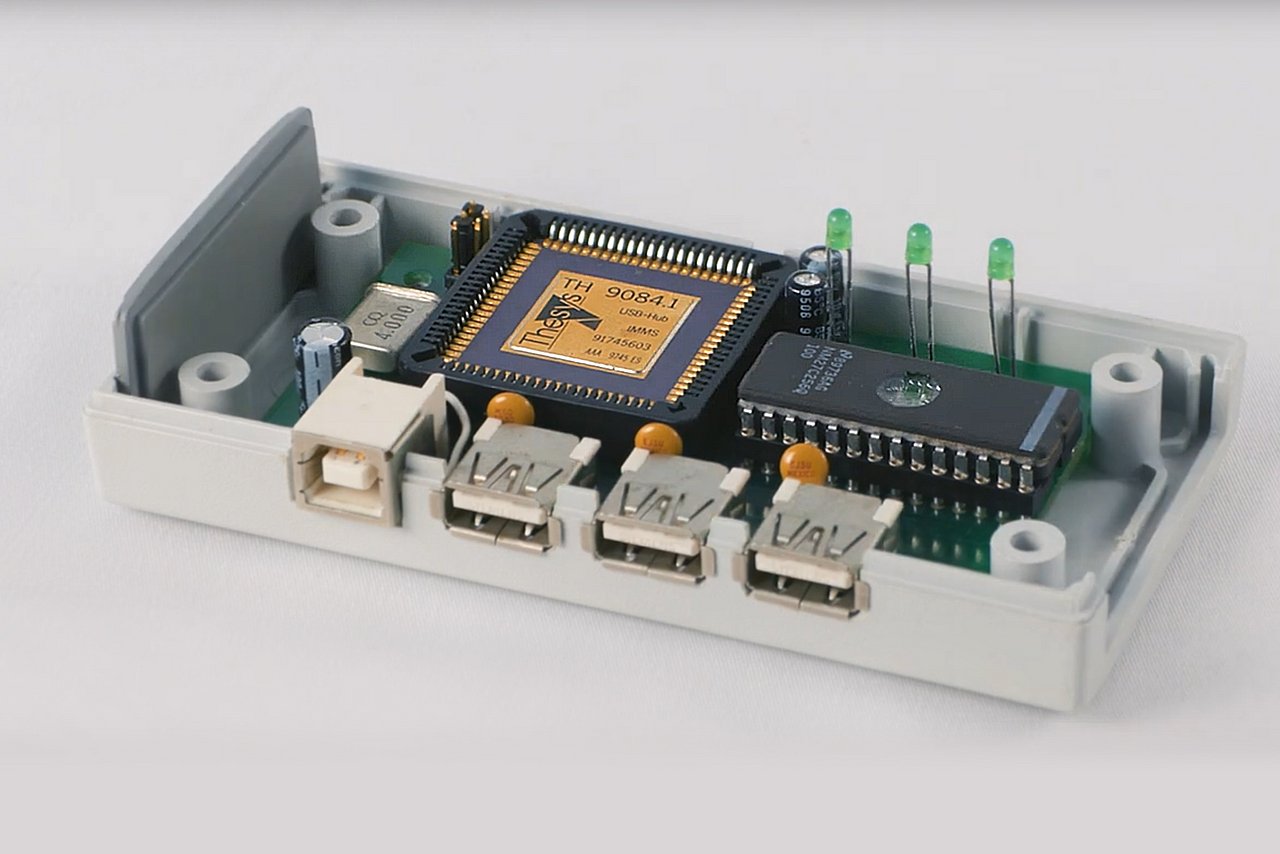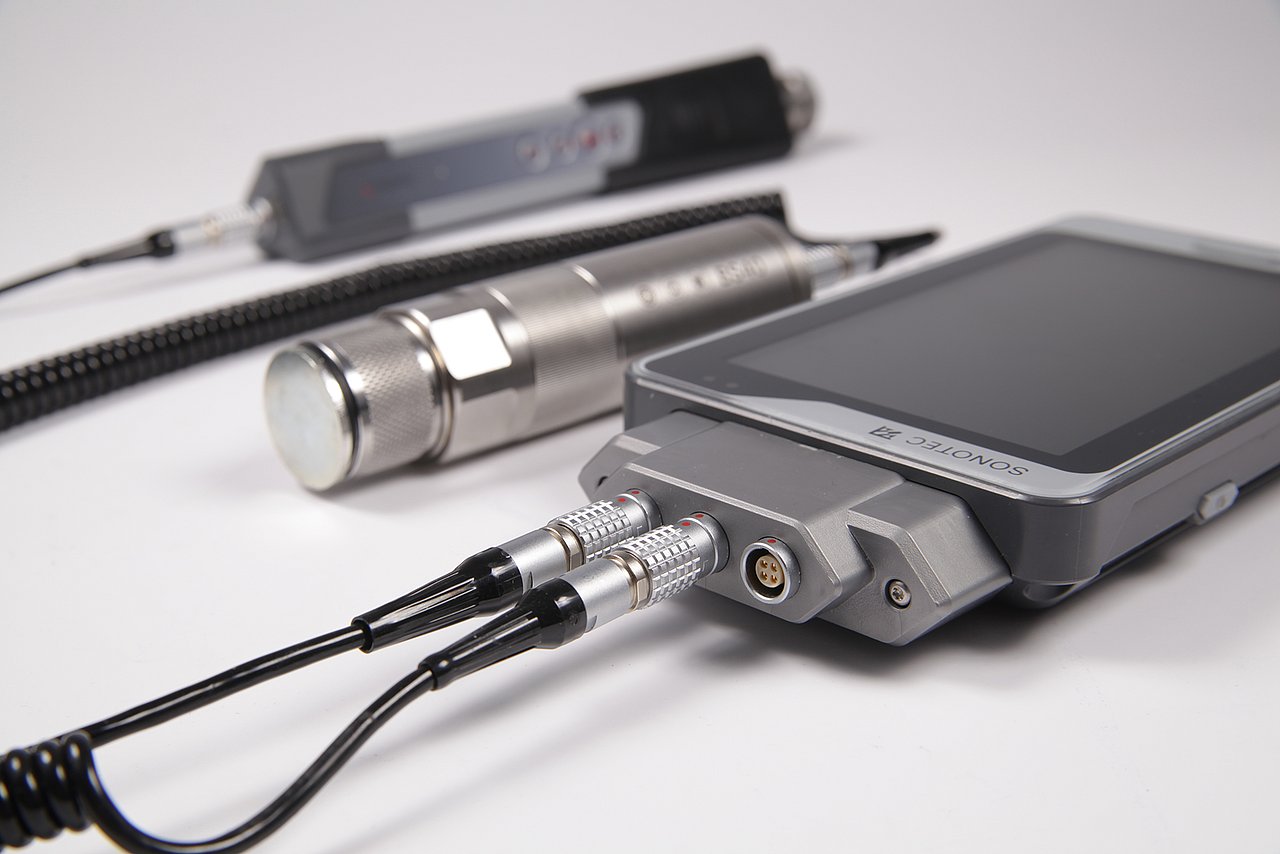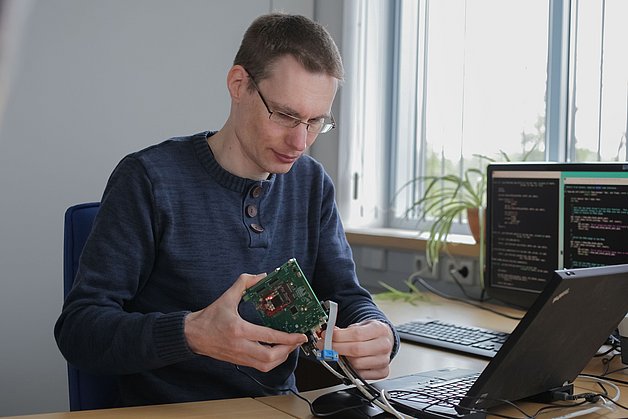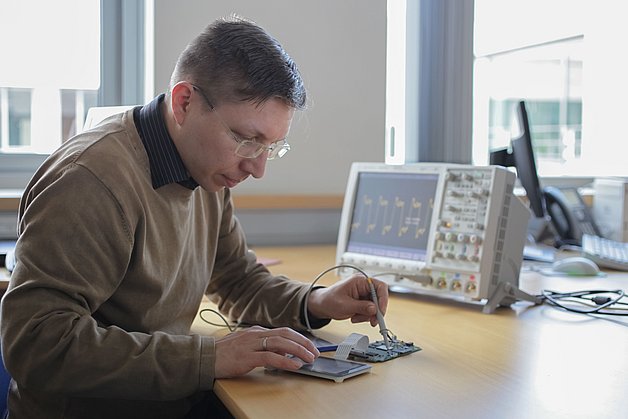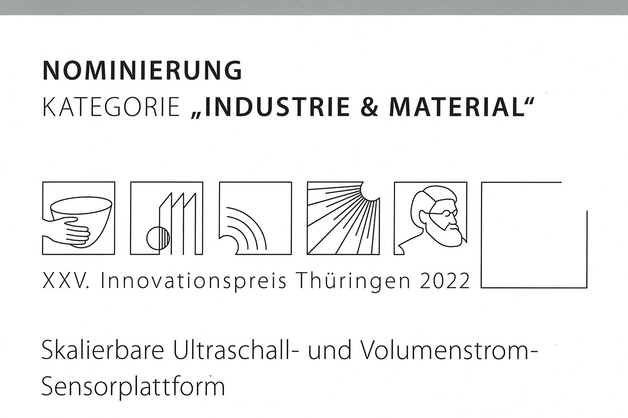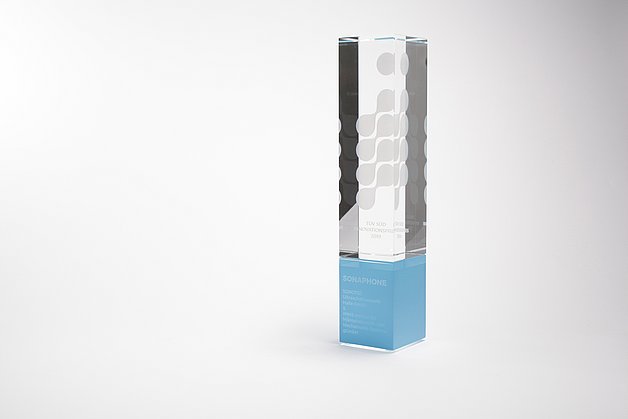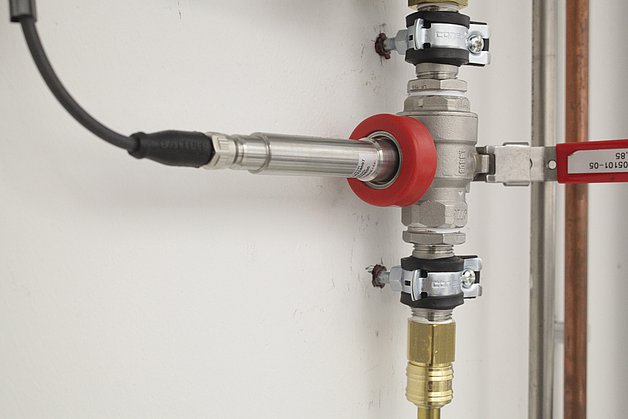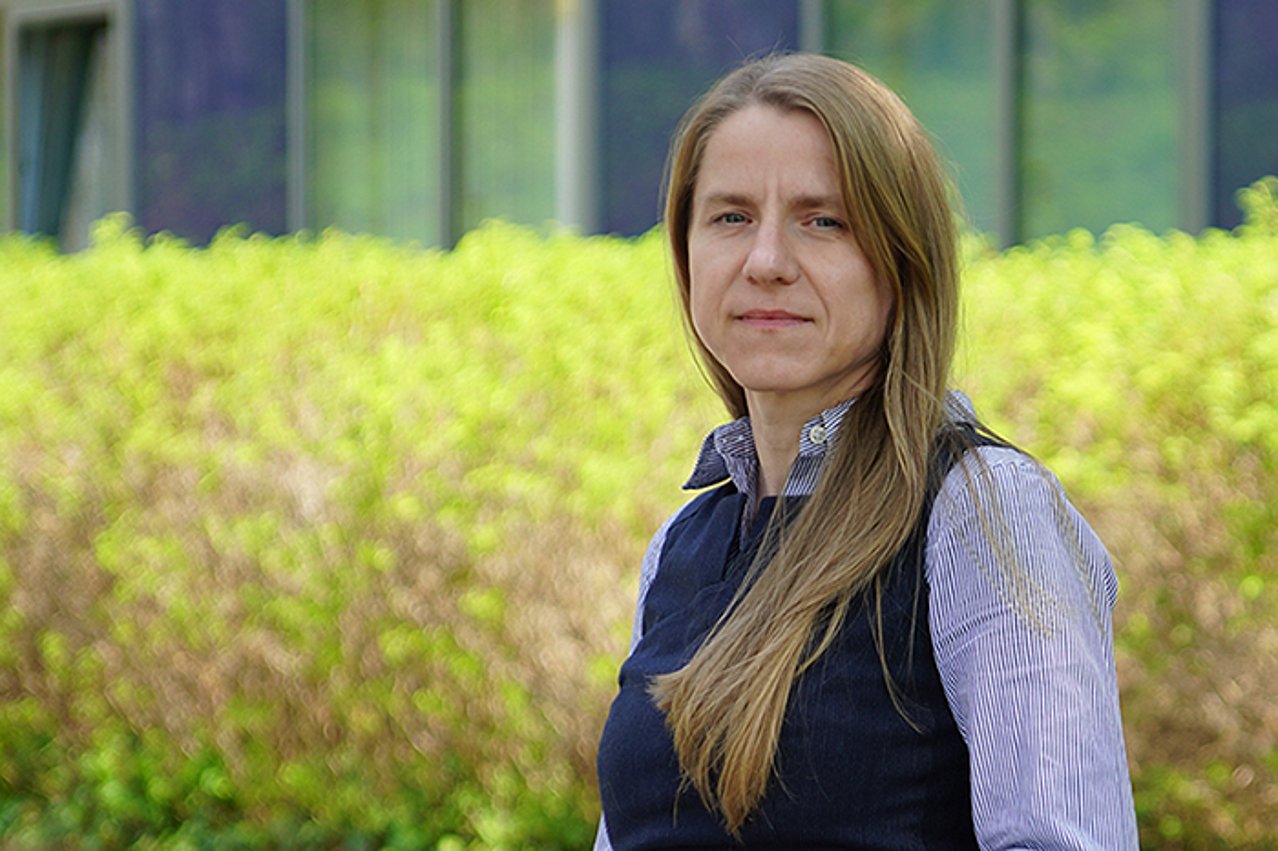Press releases
From one of the world’s first USB hubs to AI
Video on 25 years of IMMS – transfers from basic research to industry
At the end of its 25th anniversary year, the IMMS Institut für Mikroelektronik- und Mechatronik-Systeme gemeinnützige GmbH (IMMS GmbH) has published the video ”From one of the world’s first USB hubs to AI”. In it, some people from the past and present bridge the gap from one of the first transfer projects launched in 1996 to current solutions from IMMS. From the beginning, IMMS has been committed to advancing Thüringen, Germany, by transferring the results of basic research into applications and products. Today, the Land-owned company of the German Land of Thüringen and associated institute of Ilmenau TU supports companies in launching internationally successful innovations for health, the environment and industry and provides solutions from the feasibility study to series production.
”Everyone probably knows USB. This is also due to developers from Thüringen.“
This explains Dr.-Ing. Karsten Pahnke, Managing Director of emsys Embedded Systems GmbH, who worked at IMMS until 1998 and was responsible for the USB developments. “ 1996 Intel, Microsoft and IBM came up with the idea, to define a standard that would be universally used for the PCs. In Thüringen, we have early understood that this meant equipping not only PCs, but also devices with USB, and that this requires intelligent hardware and software in the device.“ The basis was the USB chip for PC mice from Thesys GmbH in Erfurt, which later became X-FAB and MELEXIS. Such a chip serialises the data between PC and mouse and this is exactly what is even more complicated if you want to connect several devices, Pahnke continues.
The multiple distributor needed for this, the USB hub, was developed by IMMS: „We were one of the first in the world who dared to do this.“ Initiated by requests from globally operating computer accessory manufacturers who used the USB hub development for their devices, and after numerous USB workshop series and the publication of the first German USB book, the developers around Pahnke from IMMS founded emsys Embedded Systems GmbH, which was dedicated to customer-specific development projects for hardware, software and technology around USB.
Even today, the focus there is still on USB, especially on sophisticated software developments for e.g. high data transfer rates with the lowest possible power consumption for battery-powered devices. In addition, emsys also develops its own products in other areas, such as the current network analyser for the new 450 megahertz network, which supports service technicians in the installation of smart meter gateways. The cooperation with IMMS is still ongoing. Currently, both partners are working on edge AI solutions for virtual security zones and their connection via mobile communications. “Again, it’s about the greatest possible performance in a very small system” Pahnke summarises.
Today‘s transfers – SONAPHONE as example for miniaturisation and intelligent solutions
In 1998, IMMS passed the further developments of the USB standard into the hands of the spin-off companies emsys and Thesycon. Since then, IMMS has been developing solutions for miniaturisation and for intelligent systems, which are the key to new applications and products, especially for small and medium-sized enterprises. One of these solutions is the SONAPHONE, a new type of digital testing device that can detect leaks in industrial machinery using ultrasound and that can be used for predictive maintenance. The smartphone-like industrial measuring device, which has been launched on the market in 2016, was jointly developed by IMMS and SONOTEC. IMMS developed the digital components of the hardware and, among other things, software that makes the ultrasound data audible.
Prof. Dr. Peter Holstein, responsible for strategic development at SONOTEC GmbH, especially emphasises the research cooperation with IMMS for the success of the device so far, from which companies can benefit: ”Usually, small and medium-sized enterprises are extremely busy with everyday problems. At the same time, however, there is also the task of developing new products and of doing preliminary development, so that cooperation with research institutes is absolutely necessary to activate additional know-how.“ For the SONAPHONE, thanks to the joint development, many frequencies can be measured and evaluated simultaneously with only one device. In the past, measurements were similar to listening to the radio on only one frequency, Holstein continues. „You wouldn't get much pleasure from the music there. We have, so to speak, brought the hi-fi system into the ultrasonic world.“
Fit for the future – AI and intelligent systems for industrial applications and beyond
Today, IMMS and its partners are working on ultrasound monitoring devices with AI, among other things. „We are now trying to integrate these AI algorithms into the SONAPHONE. With this, we are now making the SONAPHONE AI-capable and fit for the future” says Dr.-Ing. Tino Hutschenreuther, Head of System Design at IMMS. The device will soon operate with three channels to enable the ultrasound source to be located. „We use AI to do that. This is also our goal beyond the SONAPHONE: to put AI into practice for microcomputers in industry and here especially for adaptive edge AI systems.“ Then and now, the focus is on ever more powerful and smaller systems. Today, the chips developed at IMMS are only a fraction of the size of the former USB chip and are only a few square millimetres small on average. With miniaturised systems and intelligent software, IMMS aims to open up many new applications for the future, e.g. in the fields of environmental monitoring, smart city and life sciences.
Related content
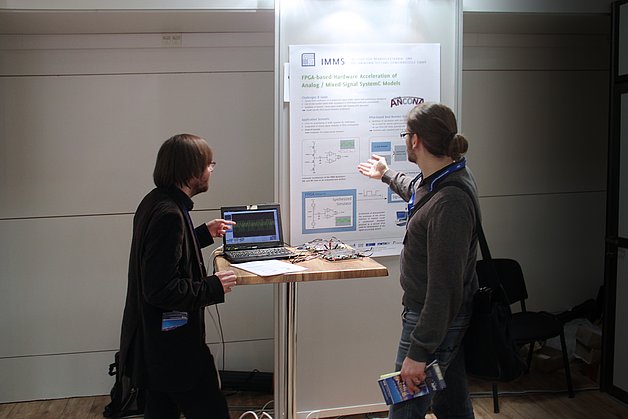
Event,
3. Industrieforum „Smarte Fertigung“
Integration flexibler Fertigungstechnologien und intelligenter Prozessketten

Event,
elmug4future 2019
Two presentations at the Technology Conference on Condition, Health and Quality Monitoring – Sensors, Methods and Applications
Contact
Contact
Dipl.-Hdl. Dipl.-Des. Beate Hövelmans
Head of Corporate Communications
beate.hoevelmans(at)imms.de+49 (0) 3677 874 93 13
Beate Hövelmans is responsible for the text and image editorial work on this website, for the social media presence of IMMS on LinkedIn and YouTube, the annual reports, for press and media relations with regional and specialist media and other communication formats. She provides texts, photographs and video material for your reporting on IMMS, arranges contacts for interviews and is the contact person for events.


